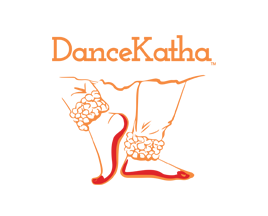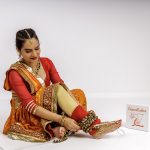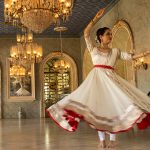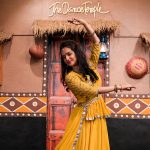What is Kathak & How it is originated?
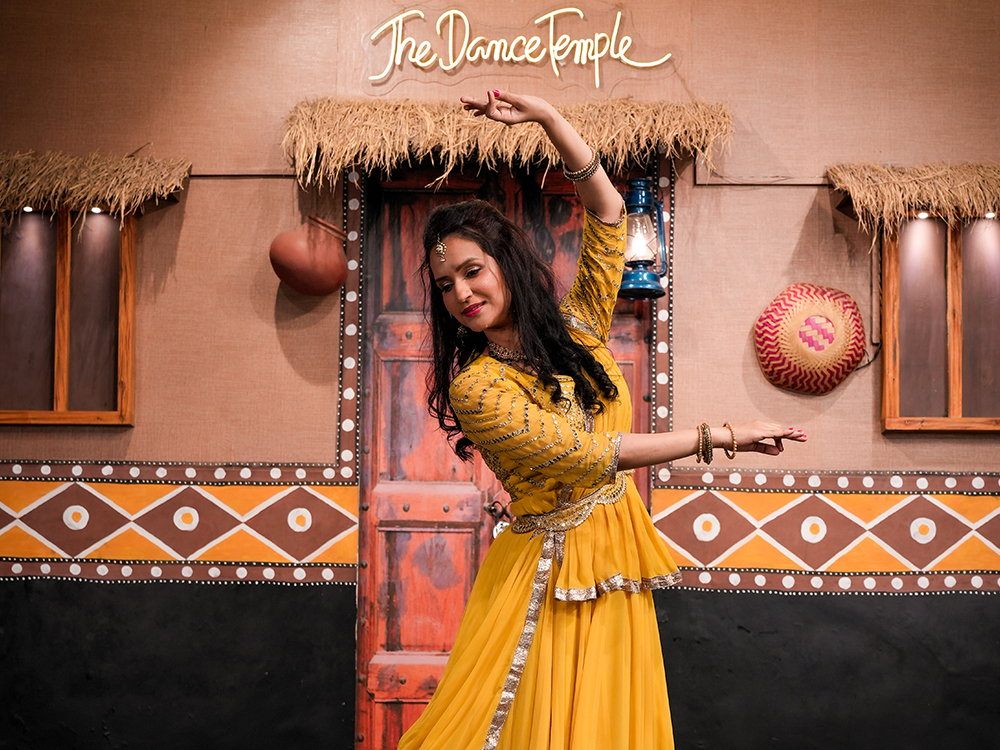
Kathak is one of the eight Indian classical dance forms. It is the only Indian classical dance form that has come from the northern part of India. It is one of the most popular, old & graceful dance forms. The word Kathak means ‘storyteller’. It is derived from the word ‘Katha’ which means a story.
“Katha Kahe so Kathak Kahalave” Kathak literary means a storyteller. Through Kathak, a person tells a story. ‘Kathaka’ was the name given to the community of musicians & dancers. These Kathakas used to travel around the countryside where they narrated the ancient stories of Ramayana, Mahabharata, Puranas & Vedas to people through dance, music & poetry. This together established as an art form and was known as ‘Kathak’.
Initially, Kathak was only a temple dance. The dancers used to dance in the temple to pay tribute to God & Goddesses. The women temple dancers were called ‘Devdasis’. Over the years Kathakas have gone through various political & social changes. When there was a Muslim invasion, temples were destroyed which led to the migration of Kathakas. Kathakas roamed from village to village to find Hindu patronage where they could safely preserve their art form. During the Mughal Era Kathak performances were shifted from temples to courts. It was during this time that Kathak became a highly technical art form. Muslim rulers initially considered Kathak inappropriate due to its Hindu religious association. However, that was changed when dancers were invited from Persia & Central Asia. This dancer merged their dance form with some repertoire of Kathak. The exchange of ideas happened between dancers from different parts of the world which considerably evolved Kathak. A lot of nuances were added to the technical aspect of the dance form. Music, manuscripts, costumes & jewellery of the dance form also evolved & went through rapid changes.
The Fall of the Mughal Empire also affected Kathak’s art form in a significant way. The ingress of British rule in the scenario forced the renowned dancers of the Mughal era to give up their profession as dancers. Kathak was not encouraged by British rulers which forced dancers to preserve the art form by developing it secretly at home. The dancer taught their children & relatives & hence the concept of Gharanas evolved.
Kathak however has managed to survive over the years as an oral tradition & was passed from generation to generation or from a Guru to Shishya.
About The Author
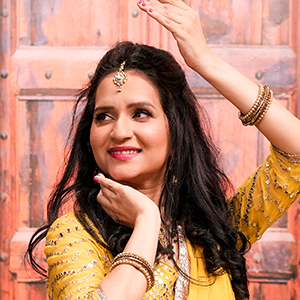
Riddhi Mapxencar
DanceKatha Founder
